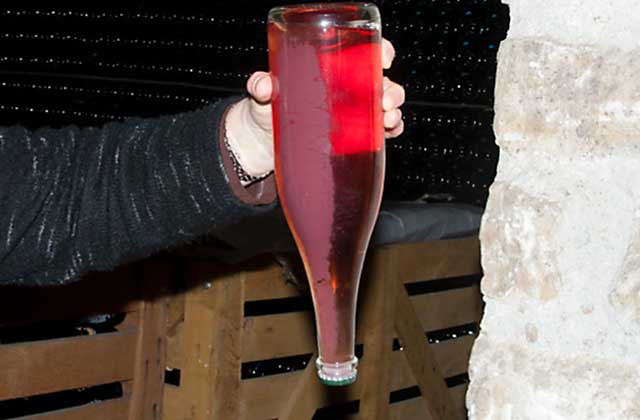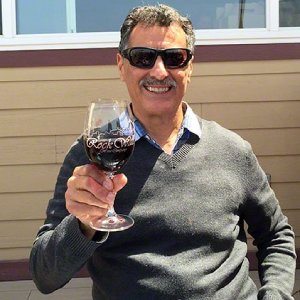
About making sparkling wine
This photo shows the residue built up in the capped bottle. This is a waste product of fermentation that occurred in the bottle. Yeast was introduced into the bottle and then the bottle was capped. This creates the bubbles in sparkling wine. The CO is a by-product of fermentation and is trapped because of the bottle cap. The residue can be moved by hand or mechanically to the neck of the bottle. Once the bottle is ready, the residue in the neck is frozen. The cap is removed and the CO2 ejects the frozen residue from the bottle. The lost wine juice is replaced and then the cork is inserted into the bottle. The photo above was taken in a small village in the Champagne region of France. So this is real Champagne. The difference between Champagne and sparkling wine: Only sparkling wine made in the official wine region of Champagne can be labeled Champagne. Sparkling wine is essentially made the same way wherever Sparkling wine is made, whether it be in Italy, Spain, or California. The main difference is where the grapes originate. In Champagne, it is all about the limestone soil and rather cool climate conditions.

